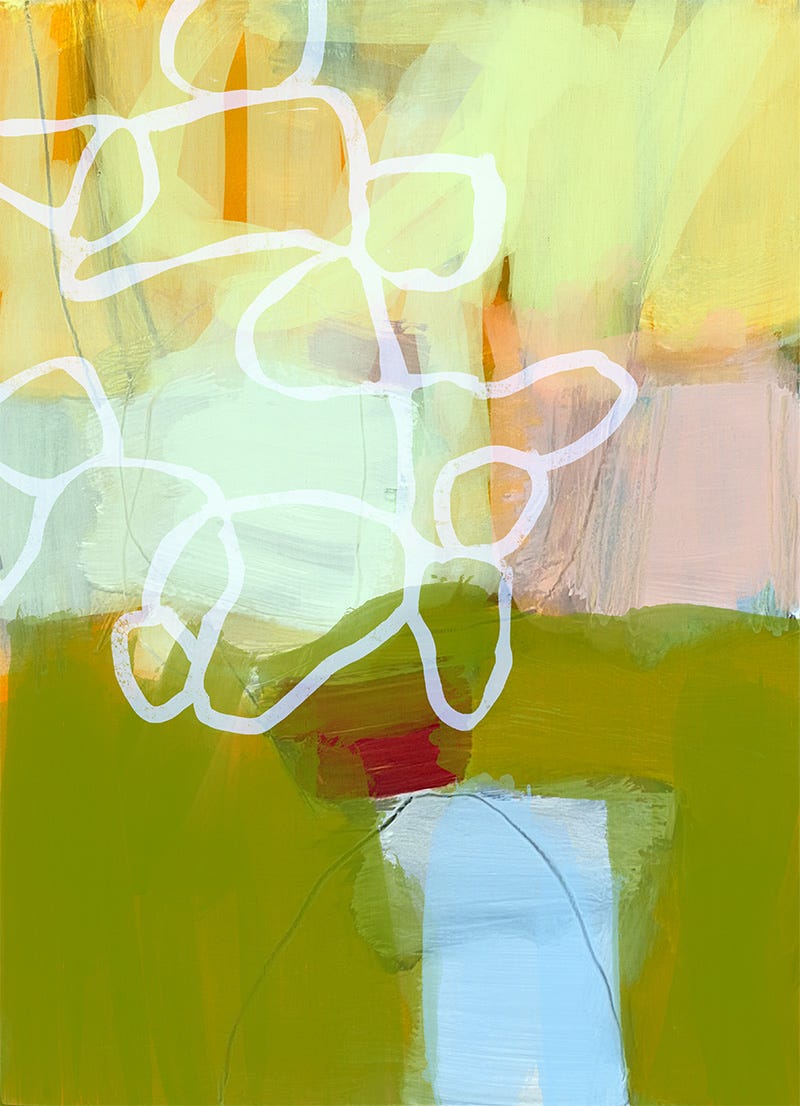The Continuum of Truth
Nonfiction writers navigate both objective and subjective realities
I write creative nonfiction, a sweeping genre that includes personal essay, memoir, biography, lyric essay, narrative journalism, and an evolving collection of other forms. Creative nonfiction has been called “true stories well told,” and I like that definition, but there’s more to it.
It’s a curious word, “nonfiction,” framed, as it is, in the negative: “not fictive.” Meaning not made up, created whole cloth, sui generis. Perhaps we feel more comfortable with this inverted etymology because although creative nonfiction is truthful, it’s not The Truth. It is not sterilized truth-telling: the quarterly earnings report, the scientific paper, the technical manual, the legal document; every word in service of litigable facts. Creative nonfiction may iterate objective truths, but at its heart it considers things that are, instead, subjectively rather than objectively true. Truths that are not verifiable; there’s no test that can drive them toward validation.
In fact, every genre of literary production, fictive and nonfictive, has elements of fact and elements of invention. A writer’s work slides back and forth along a continuum of truth. That makes many facets of the writing hard to pin down: A dialogue from an early childhood memory: Is it true? The color of the sky on the day she left: Is it true? What he was feeling as the song ended: Is it true? The gesture of the ghost who walked the ramparts: Is it true?
In the best renderings, creative nonfiction is imaginative truth-telling. It’s through the use of imagination and creativity that writers drive truths to light. They mine their own and their subjects’ inner states so the narrative feels like honest disclosure.
Readers of nonfiction famously demand a reliable narrator. But reliability doesn’t mean a writer serves as stenographer to a stream of verities. Reliable mostly means trustworthy. The writer’s statements and assertions and revelations build toward something larger that feels essential and truthful.
A writer must earn the right to make claims about these realities: to report a dialogue from childhood, to say that the sky turned teal, to describe how a sadness lifted, to declare the castle haunted. The writer earns that right by slow accretion, within a given piece and over an entire career, through an aggregation of truths told well, honesties small and large.
A trustworthy writer has more latitude to slide back and forth along the continuum, toward the fantastical and back again. Because the reader knows the prose is kindled by a smoldering cinder of truth.
Image: Counterpoint, oil and digital media ©2022 Meg Maker




